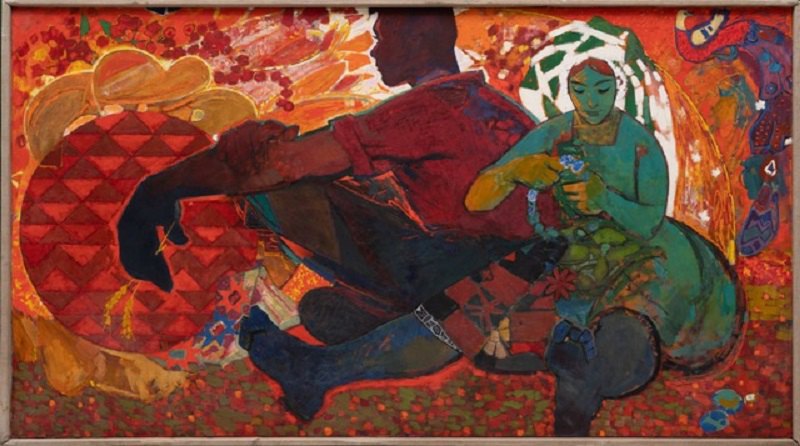
NAMU
After a long break in systematic work, the National Art Museum of Ukraine is entering the new year with extensive plans. The first of the announced projects is a solo exhibition by Nikita Kadan (one of the artists of the Revolutionary Experimental Space (R.E. P.) group, whose work is the subject of the exhibition that will run at the museum until early March). The exposition will occupy three exhibition halls and will be based on installations that the artist will donate to the museum. Together with the programme work Treatment Room, which is already part of the NAMU collection, these gifts will make up a good monographic collection of Kadan's works in the museum.
The next project planned by the NAMU has a working title This Is Just an Exhibition. It will be based on a project that was shown in 2023 by the Lublin-based Galeria Labirynt (Labyrinth Gallery) as part of the Kyiv Biennale, but it will be different. As in Lublin, the exhibition at NAMU will feature the works of Ukrainian artists who are in the Armed Forces of Ukraine (Bohdan Bunchak, Pavlo Kovach Jr, Max Robotov, etc.), but this time their Polish colleagues will create works specifically for the new project. The curators include Labyrinth director Waldemar Tatarchuk.
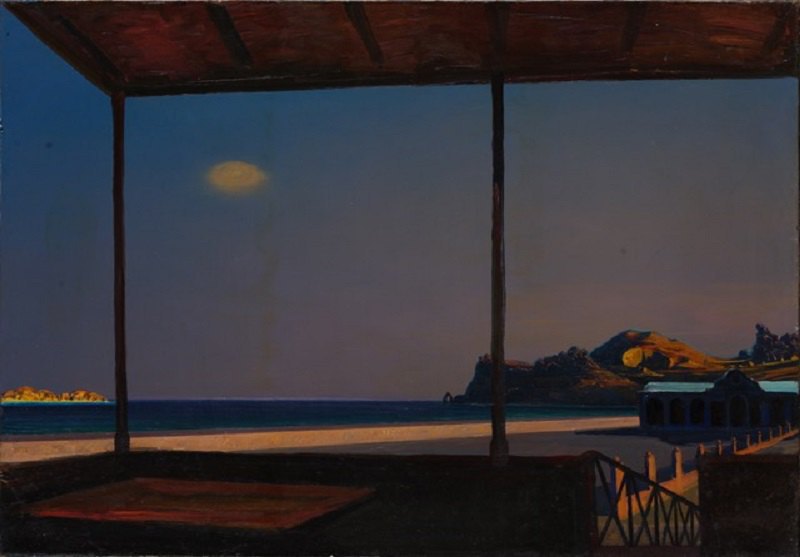
Another announced project is an exhibition by Serhiy Pustovoyt, an artist known primarily for his Crimean landscapes of the 1980s. His works are influenced by both hyperrealism, which was relevant at the time, and European art of the 17th and 18th centuries. The artist's wife and heiress Olena Levina donated nine of Pustovoyt's paintings to NAMU. With this exhibition, the museum wants to raise the issue of Crimea and the Crimean Tatar heritage in the context of the history of Ukrainian art: a roundtable will be held to discuss the methodology of researching works on the Crimean theme in the museum collection.
NAMU also plans a large-scale retrospective of Viktor Zaretskyy, which will occupy the entire second floor of the building: works for the exhibition will be collected from Ukrainian museums, private collections, and the artist's family collection. The exhibition will feature the artist's textbook works of the Klimt period, as well as his lesser-known paintings, as well as archival materials, sketches and drawings, some of which will be exhibited for the first time. This will be the artist's second major solo exhibition at NAMU (the first one took place after his death in 1991). The curators want to present Zaretskyy's work in the broader context of twentieth-century Ukrainian art, among his fellow Sixties artists, and to reveal Zaretskyy's influence on artists of the following generations. The exhibition will be accompanied by a public programme with expert discussions on the relationship between ‘official’ and ‘unofficial’ art, the terms ‘strict style’ and ‘socialist realism’, and the problems of preserving the monumental heritage of the second half of the twentieth century.
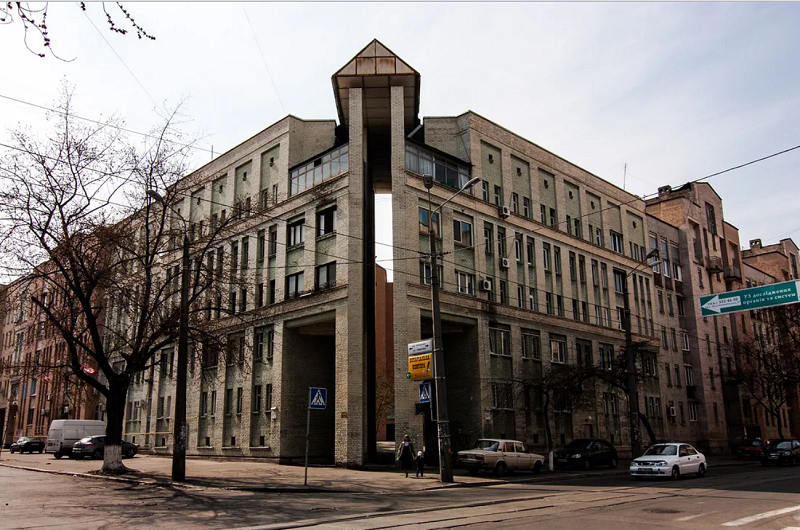
In addition, NAMU will work with the collection: after the exhibition In the Epicentre of the Storm. Secession on the ground floor, similar projects will take place. Among them will be a presentation of Anatol Petrytskyy's works on the occasion of the artist's 130th birthday, along with a lecture and, possibly, a separate publication. The 100th birthday of Lyudmyla Milyayeva, Doctor of Art History, lecturer at the National Academy of Visual Arts and Architecture and NAMU employee, will also be celebrated with a thematic lecture and a small archival exhibition.
Mystetskyi Arsenal
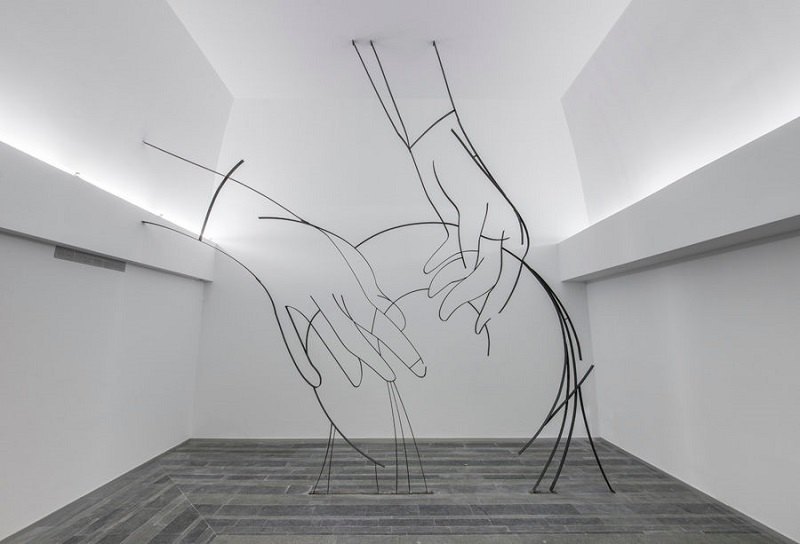
At the end of May, the MA traditionally prepares the Book Arsenal, which will also feature exhibition projects - in 2024, there were ten of them as part of the festival.
The Khanenko Museum
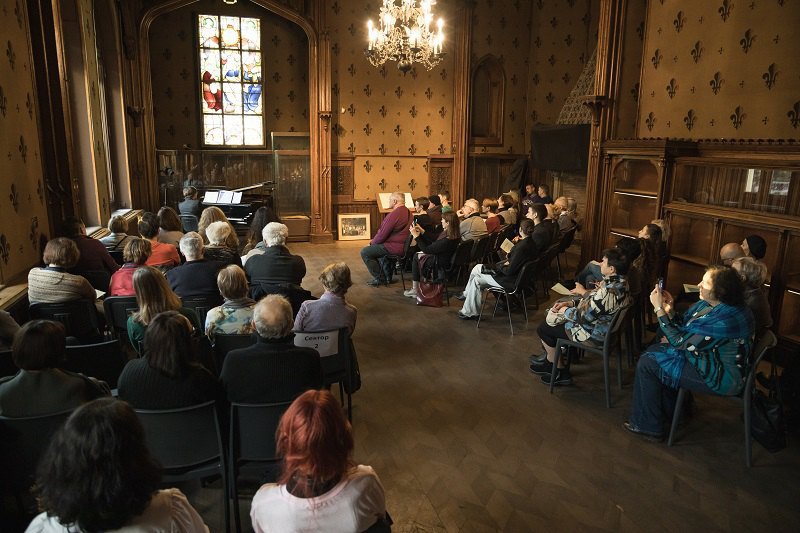
In May-June, the museum will show My Museum, an exhibition of works by Vadym Shamkov, a photographer and exhibition designer at the National Art Museum of Lithuania. The works include non-staged portraits, sketches of the museum's backstage, moments of exhibition projects, and theatrical self-portraits. In particular, a series of self-portraits Beard and Moustache Club will be shown, dedicated to the author's relationship with the exhibits around which the life of any museum revolves.
In July-September, the project '7' is 'Art' about the Khanenko Museum's library will take place. It will showcase archival documents, art publications, books with inscriptions by famous people, personalised copies, and numerous ‘printed materials’ from the Soviet period. Almost simultaneously, in June-September, the exhibition Troubled Years. Artists from Ukraine at the Ecole de Paris. It will feature works by Ukrainian artists who worked within the Paris School, an international multi-ethnic community of artists from the early twentieth century who gathered in Paris in search of creative, religious and political freedom. This phenomenon can be considered the first example of globalised art in the world. Seven private collectors from Ukraine provide about 50 works by Oleksa Hryshchenko, Vasyl Khmelyuk, Samuel Granovskyy, Jacques Shapiro, Vladimir Baranov- Rossine, and others for display in the museum.
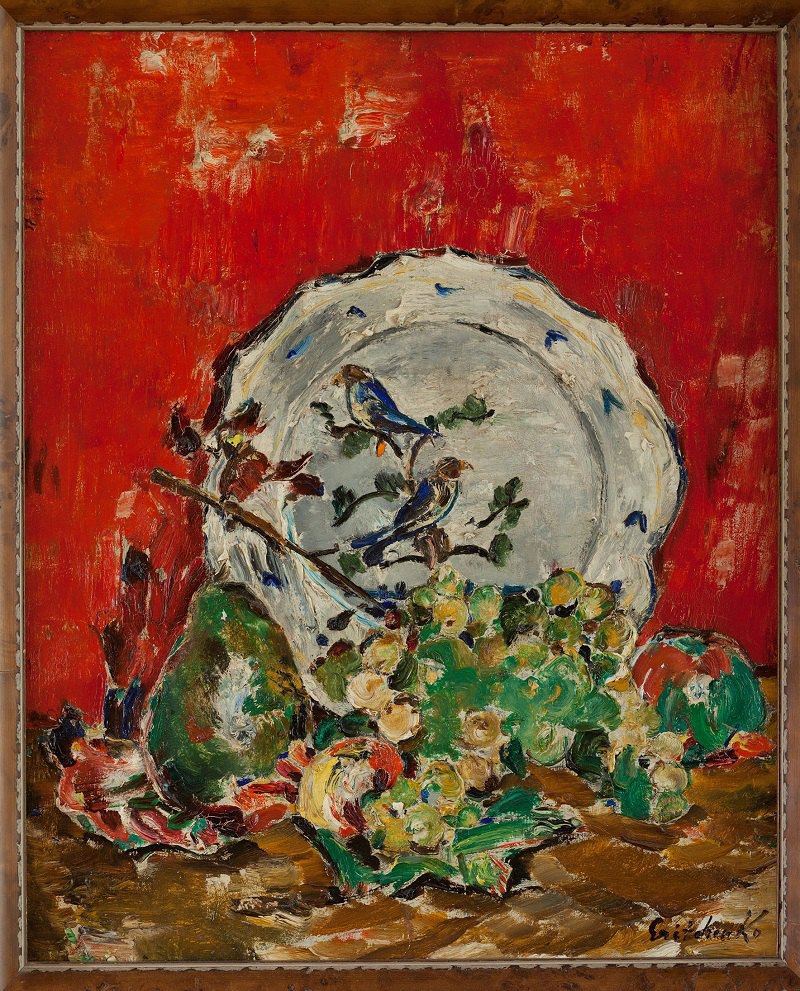
Throughout the year, the museum will showcase selected works from the collection as part of the Through the Secret Door project. The new season will start with Asian art exhibits; each presentation will be accompanied by a curatorial tour.
On 27 February, a bronze sculpture of the god Dyva will be shown (lecturer Yevhen Osaulenko). On 27 March - an ivory sculpture of the god Krishna (lecturer Yuliya Fil).
A music programme will also continue, combining classical music with the artistic context of the museum. In the second half of 2025, the Khanenko Reading Room will be opened - a reading room and educational space featuring about 1000 publications: catalogues, books about artists and art schools, research and critical publications on contemporary history and art theory, new editions of cultural institutions from France, Germany, the Netherlands, Poland, Ukraine, as well as books from the end of the last century from the Khanenko Museum's library collection. In the future, the reading room will be supplemented with a collection of digitised publications and archival materials from the Khanenko Museum's library dating back to the late 19th century.
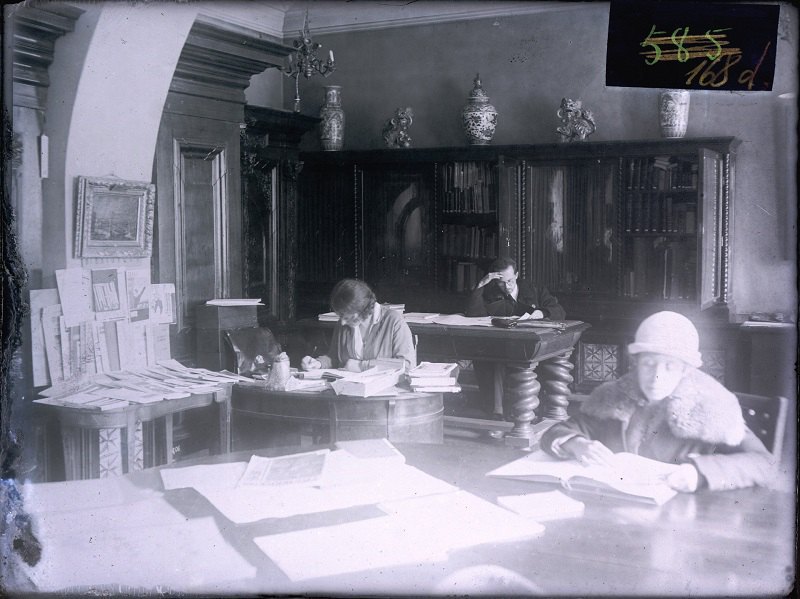
Ukrainian House
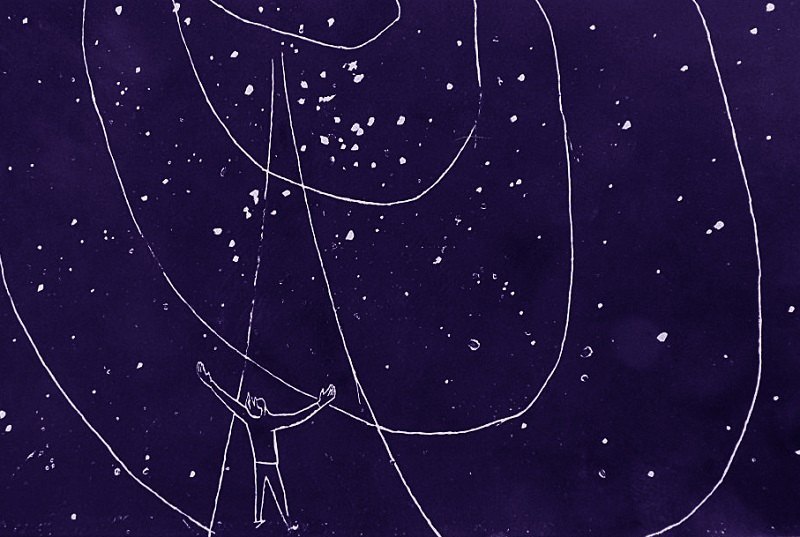
In May-June, ProZori will be held to showcase the works of Kyiv artists of the 1960s-1980s whose work defined the intellectual and artistic landscape of the era (Fedir Tetyanych, Valeriy Lamakh, Florian Yuryev, Ada Rybachuk, Volodymyr Melnichenko). Each of them had a worldview system and a philosophical concept that shaped their approach to creativity. These systems are not similar to each other, but they are all based on the principles of universality and integrity.
In September-October, the Ukrainian House will host the exhibition Oleksandr Hlyadyelov. Photography. The exposition will consist of the master's photographs from 1989 to 2024 with an emphasis on the key historical events of Ukraine: Chornobyl, the Orange Revolution, the Revolution of Dignity, and the war.
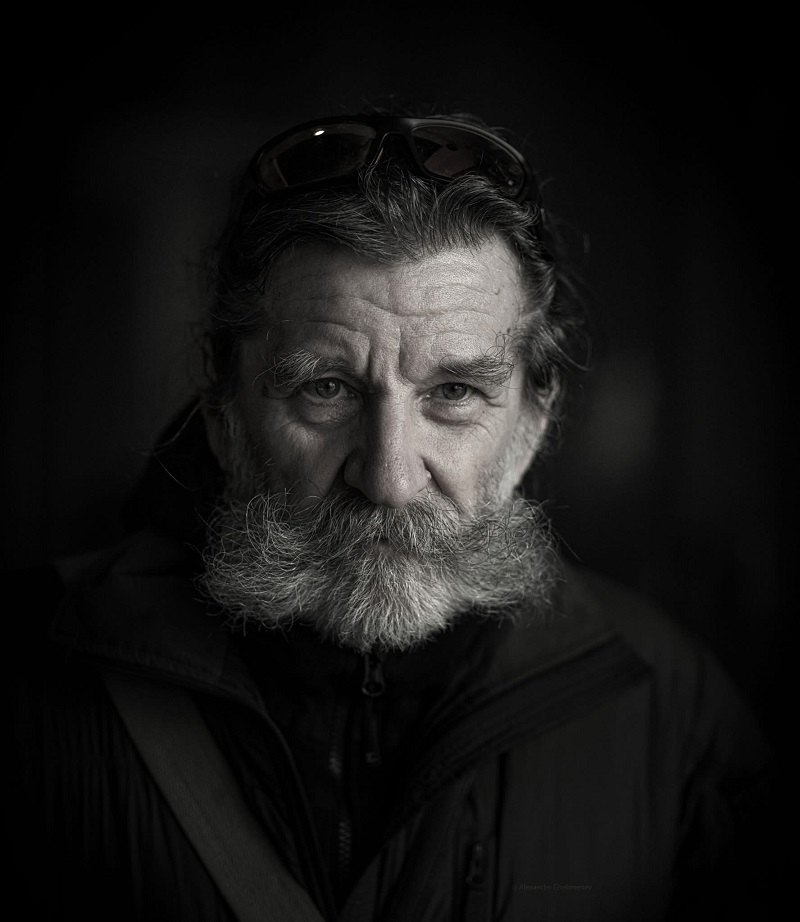
For July and August, the centre has planned the project Art of the 21st Century Generation, which will present the work of Ukrainian artists after 2000. They promise to showcase both well-known associations (R.E.P., SOSka, UBIK, Open Group) and new names that entered the cultural space during the war.
In autumn, the second book festival Foundation. Stories about Culture, featuring Ukrainian cultural and artistic publications. It will include several thematic exhibitions.
PinchukArtCentre
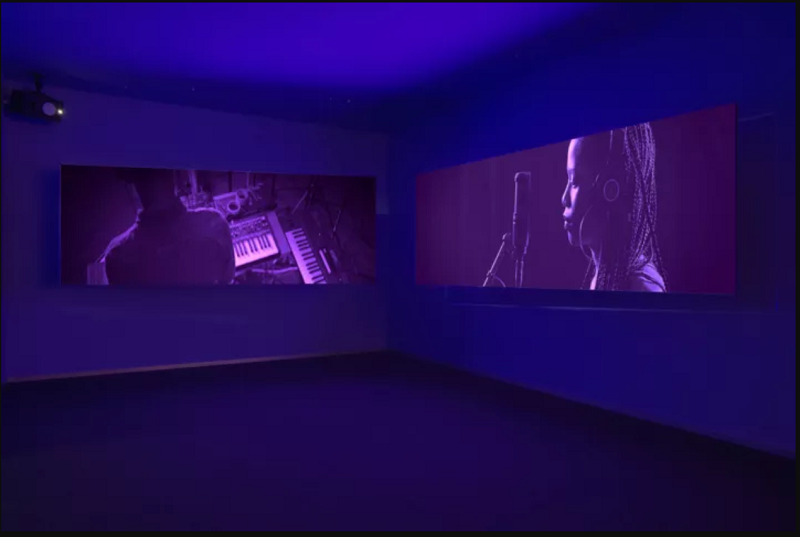
In autumn, PAC will open several projects simultaneously. The centre will host a solo exhibition Personal Testimonies by Gabrielle Golayat, the first solo exhibition of the South African artist in Ukraine. Golayat explores the experience of patriarchal violence and the paths to healing. The Ukrainian part of the project, which the artist will create specially, will include personal stories of women, queer, trans, and non-binary people, revealing not only traumatic moments but also practices of survival, solidarity, and love. PAC has also planned an exhibition called The Open Group, featuring three works by the art collective of the same name, which represented Ukraine at the Venice Biennale in 2019 and Poland in 2024. These works combine individual narratives with collective memory and deal with the war, which the authors view through an autobiographical and historical lens. Another PAC project that will start in autumn is an exhibition by Lesya Khomenko, an artist from the R.E.P. group. The exhibition will explore the changing images of the individual and society and the deconstruction of painting methods in the Soviet context. All three projects will run from 28 August 2025 to 5 January 2026.
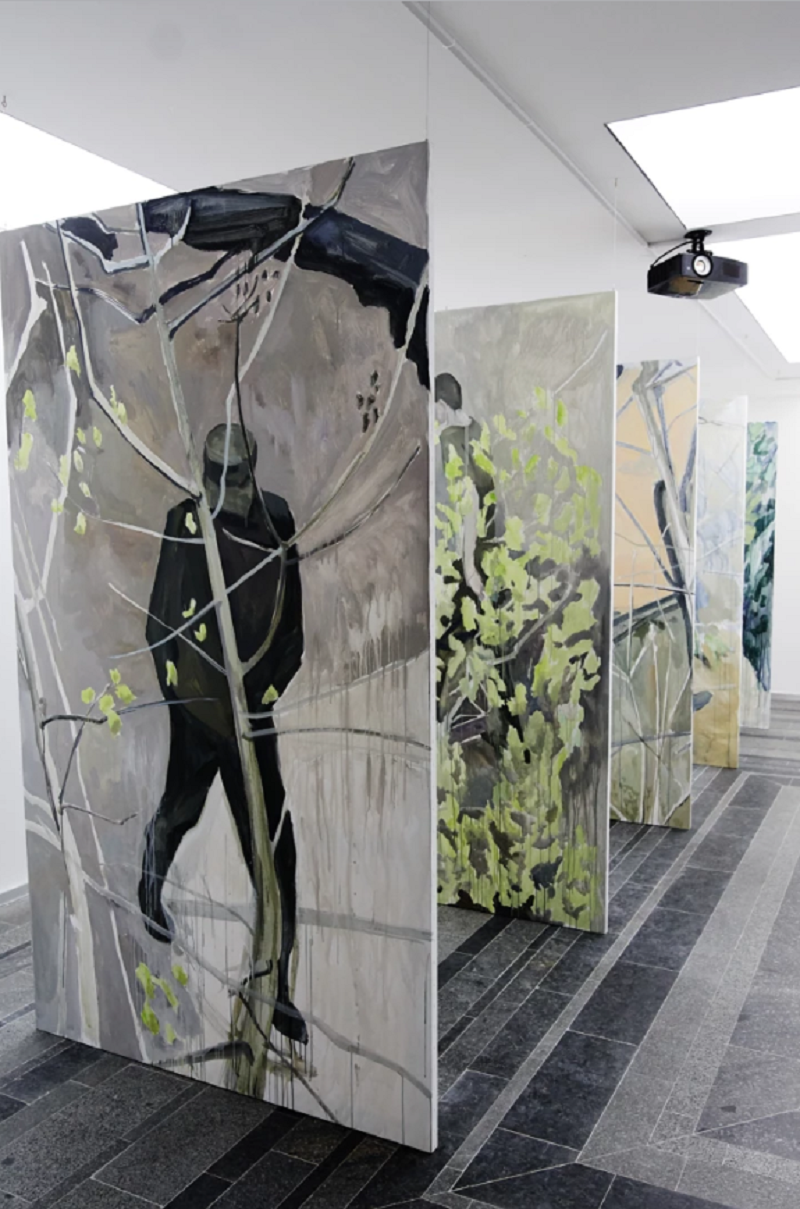
In addition, the centre planned a book presentation and an exhibition of the Research Platform curated by Kateryna Botanova. Over the past two years, the PAC Research Platform has been studying decolonial practices and applying this approach to the analysis of contemporary Ukrainian art since independence. The researchers have been challenging Western representations and perceptions of art from Ukraine, and exploring how we see, identify, and reclaim our own local histories. The result is the exhibition and book Reclaiming History. Decoloniality and Art in Ukraine after 1991. The publication will include texts by curator Kateryna Botanova, researchers Yevheniya Butsykina and Milena Khomchenko, and scholars Svitlana Bedaryeva, Madina Tlostanova, and Adrian Ivakhov.
Kyiv Museum
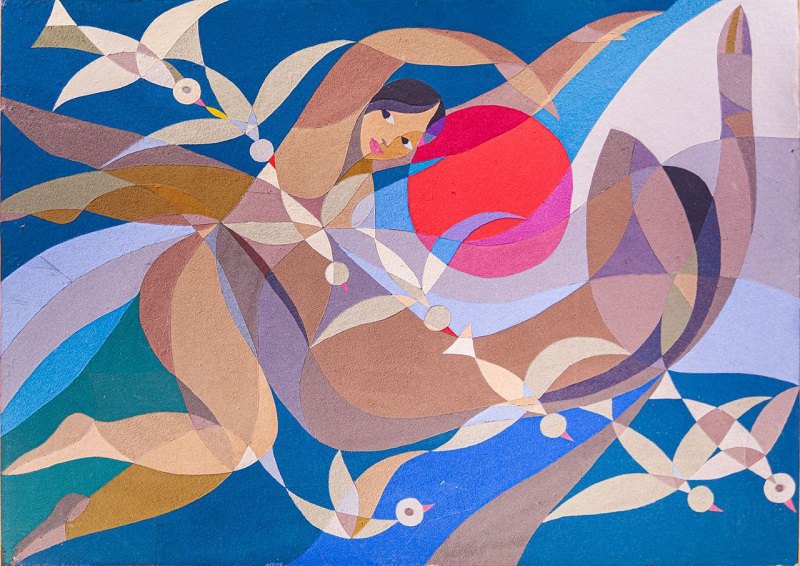
On 13 February, the institution will open its next project in collaboration with the Museum of Sixtiers a retrospective by Lyubov Panchenko, Universe of Love. The exposition will include sketches of clothing models, collages, paintings, and decorative paintings. It will also feature multimedia installations developed specifically for this project using artificial intelligence. The project will be open until early June.
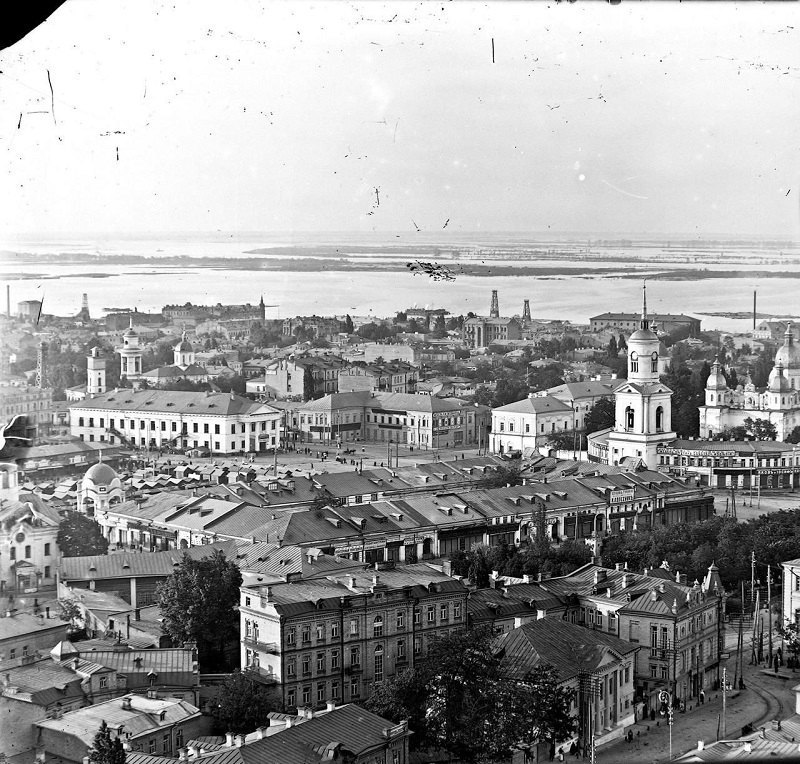
And at the end of the summer, the museum will open the project Kyiv through the Lens. From the Past of Kyiv Photography (1860-1930). It will feature the works of the first Kyiv photographers, photographs of the second half of the nineteenth and early twentieth centuries. Attention will be focused on architectural photography (images of historical monuments and urban changes in the city), industrial photography (photographs of industrial objects that emphasise the industrial character of Kyiv), and genre and street photography (images of scenes of urban life, everyday life and customs of Kyiv residents). The exhibition will feature works by B. Zakharkevych, M. Posternak, F. de Mezer, G. Chuhayevych, amateur photographs and 3D photos that can be viewed through stereoscopes.
ARVM
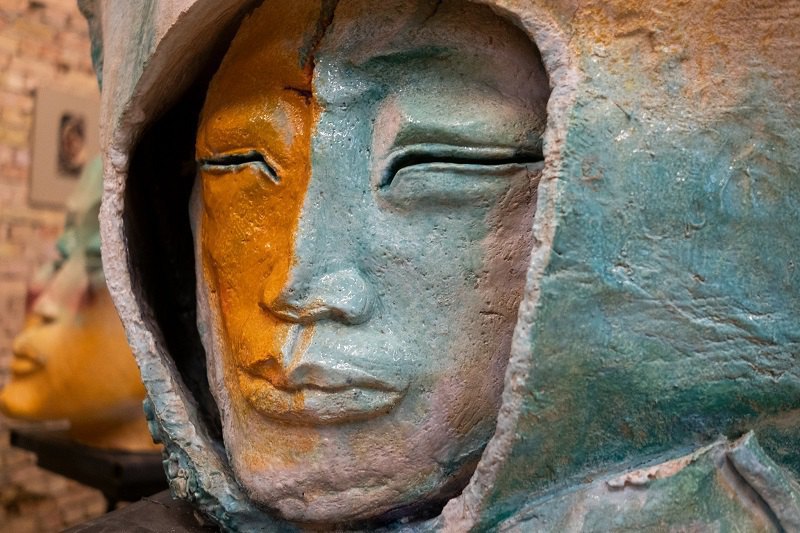
The Naked Room
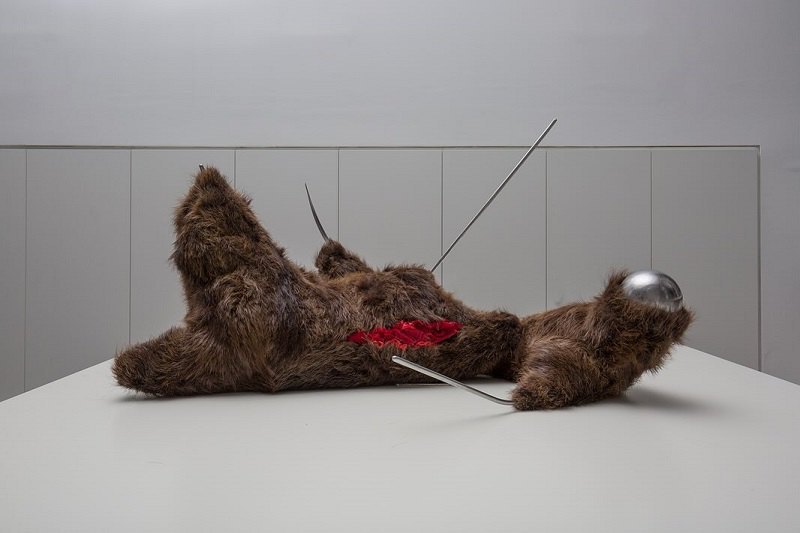
In the spring, the gallery will present solo shows by Taras Kovach, Serhiy Sabakar and Darya Kuzmych. In addition, in 2025, The Naked Room plans to hold exhibitions by Lucy Ivanova in Dnipro and Pavlo Makov in Brussels and Rome.
Voloshyn Gallery
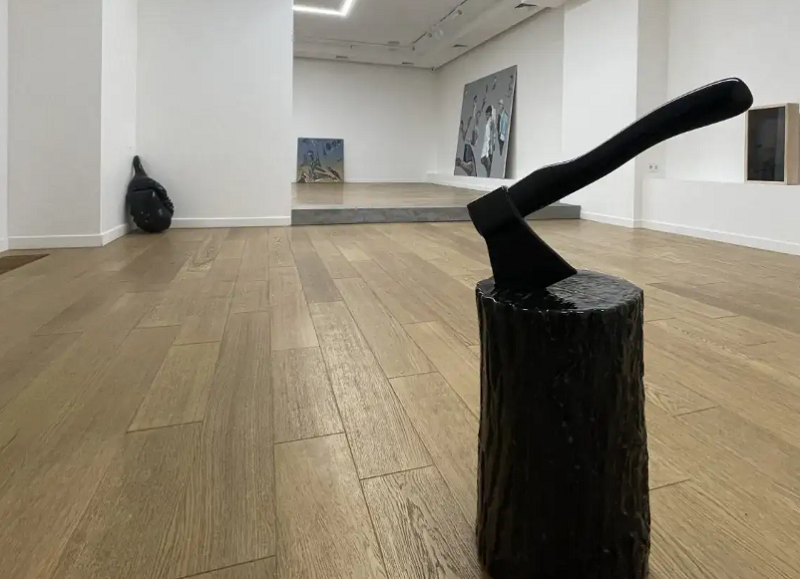
Dymchuk Gallery
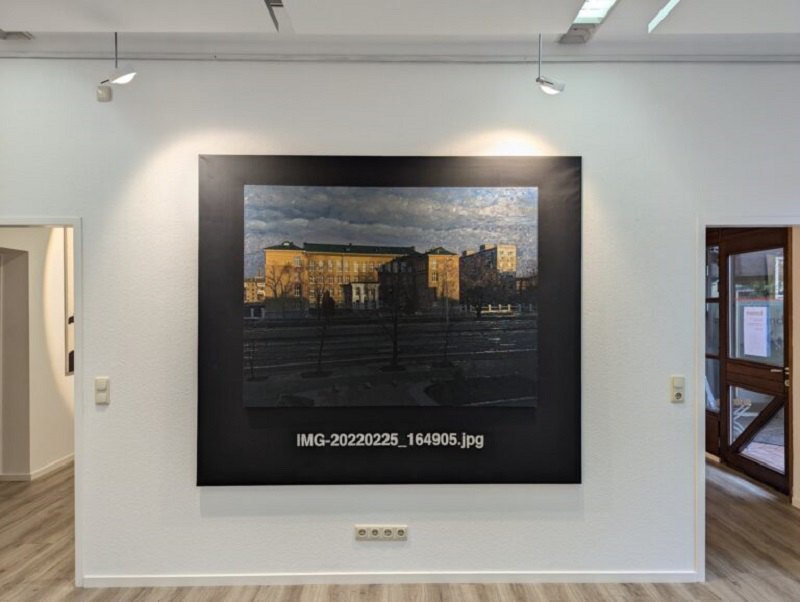
In March-April, the gallery will host an exhibition by Alisa Gotz The End of the Land. The project will tell about the artist's experience of living in 2022 in a small international community, far from the bustling city life. The exhibition will include lithographs, sculpture, photographs, videos and an interactive game.
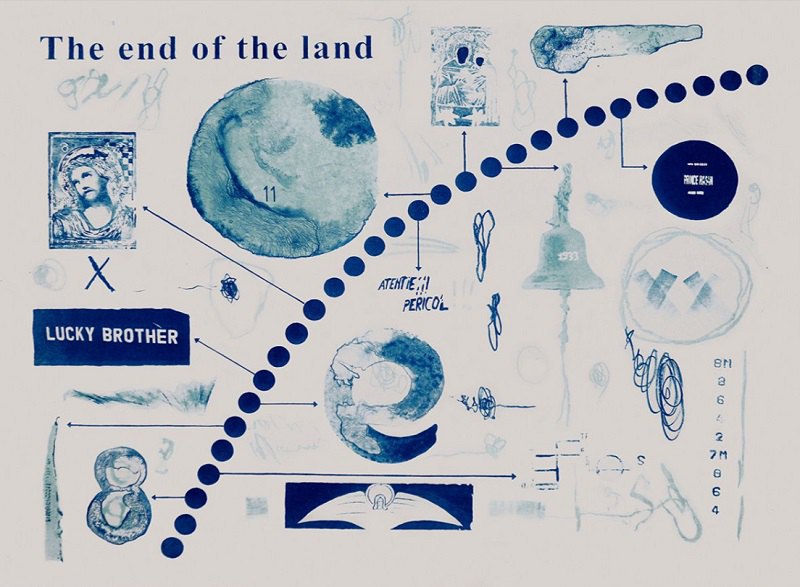
Eye Sea Gallery
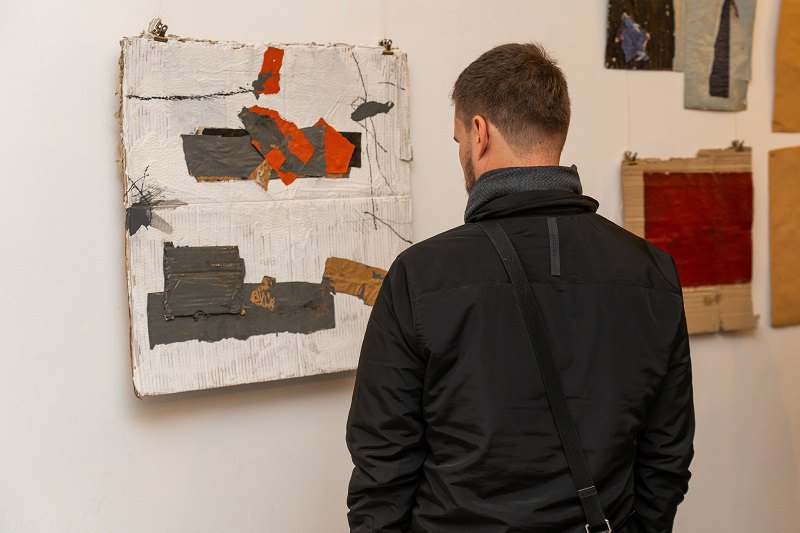
The gallery is also preparing a solo exhibition by Roman Mykhaylov, a Kharkiv-based artist whose trademark is working with large forms. The exhibition will include new, never-before-exhibited paintings and installations. Another project planned for 2025 is an exhibition of digital and generative art: works by Ukrainian and foreign artists.
ONFAM
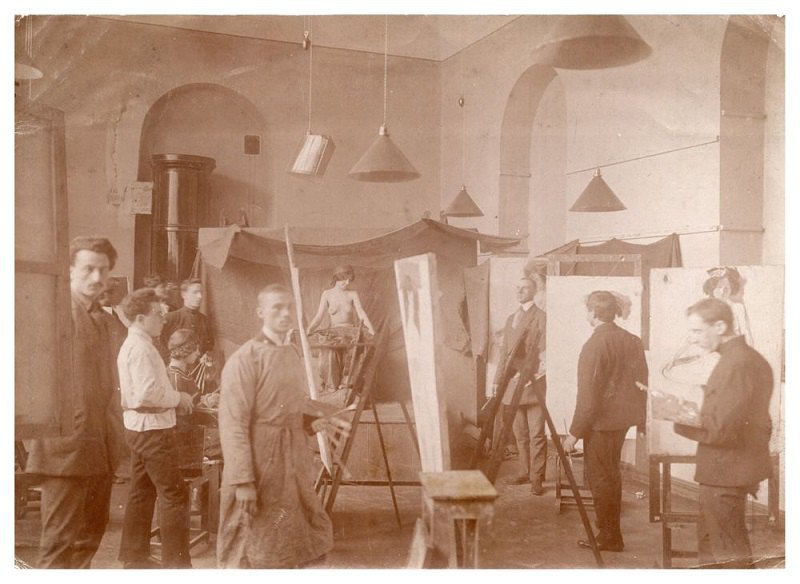
At the end of May, the museum will open a major exhibition project dedicated to the 160th anniversary of the Odesa Art School (now the Odesa Art College named after Grekov), which will cover the period from 1865 to the restoration of independence. The curators (Mykola Lukin, Valeriya Nasedkina, Volodymyr Chyhrynets) want to create a story about the history of the country through the prism of the history of the school, its outstanding students and teachers. Different stages and generations will be represented: Kyriak Kostandi, Yevhen Bukovetskyy, Pavlo Volokydin, late modernism of the 1930s, strict style, the generation of the 1960s (Lyudmila Yastreb, Viktor Marynyuk, Lev Mezhberg). In addition to artworks by students and teachers of the school, archival materials and rare editions will be shown. The exhibition will be accompanied by an extensive lecture programme.
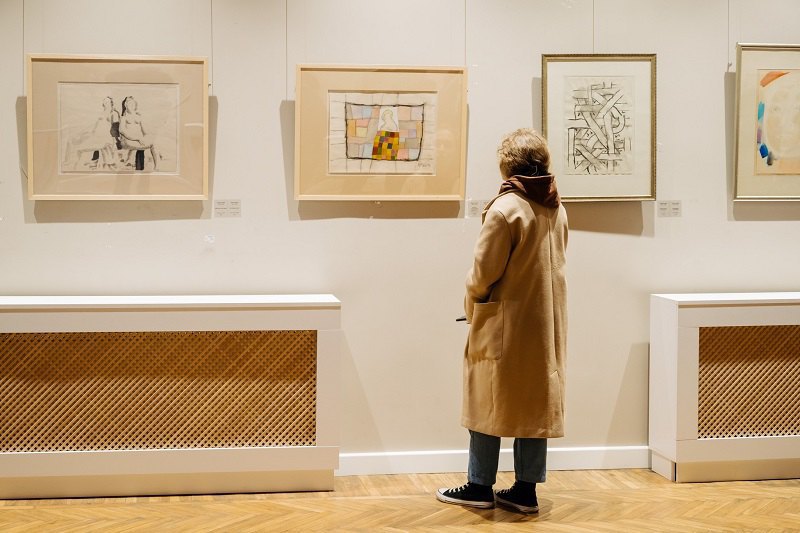
ONFAM continues to work with the theme of Odesa modernists of the 1960s and 1970s: the exhibition Luda Yastreb. Paintings and Graphics, and in the summer, a personal exhibition of Valeriy Basants, a prominent representative of unofficial Odesa art, will open. In particular, his recent works will be shown: paintings, drawings, and small plastic art.
The museum has also planned a presentation of the ‘Catalogue’ project by the architectural and artistic group MNPL. The group practices conceptual architecture, researches and analyses the architectural environment, and combines rational methods of architectural design with contemporary art practices. The central image of Khatalog is a traditional Ukrainian dwelling, a khata, which is seen as a phenomenon that goes far beyond the typology of residential architecture.
MCAO (Museum of Contemporary Art of Odesa)
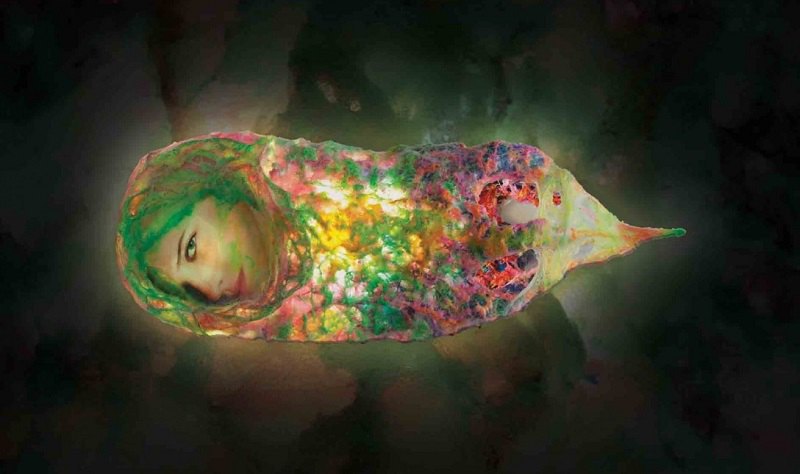
In February, the museum will start a series of screenings of Ukrainian and British video art (curated by Andriy Sihuntsov and Anna Morokhovska from Ukraine, and Stanislav Kholodnykh and James Stephen Wright from the UK). Each screening will be dedicated to a different topic. The participants from the UK are James Steven Wright, Nick Crowe, Ian Rawlinson, Monster Chetwynd, Abby Palmer, Ker Wallwork; from Ukraine - Anna Potemkina, Anton Sayenko, Dasha Chechushkova, Katya Libkind and Vitaliy Kokhan.
In the summer, the MCAO will show new works from the collection of Vadym Morokhovskyy, which were donated to the museum for display, including works by Dmytro Erlikh, Serhiy Polyakov, Anna Zilberman, Svitlana Yusim, Mykola Pavlyuk, Petro Konovskyy, Oleksandr Anufriyev, Viktor Pavlov and other Odesa-based artists. In addition, the museum formed a department of Odesa art during the war. The collection has been replenished with the Kherson Files and World War III series by Ihor Husiev, works by Mykhaylo Ray and Yevhen Bal, and a video by Dasha Chechushkova. All of them will be included in the exhibition.
Jam Factory
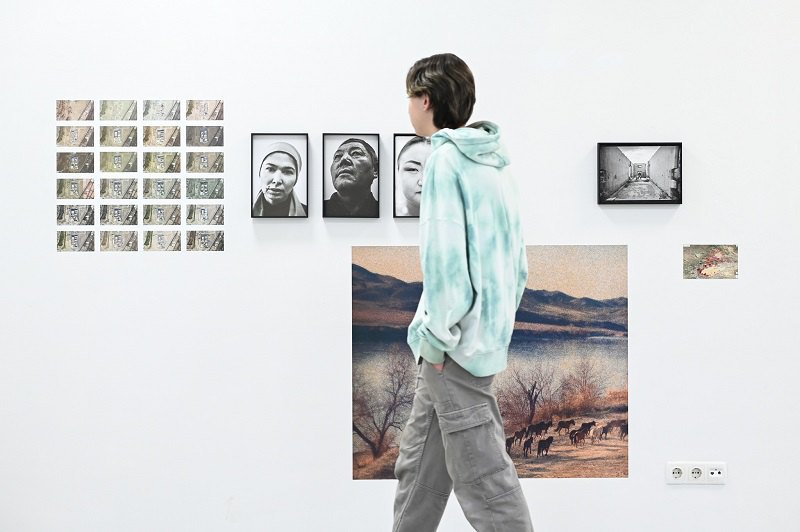
In March, Lviv's Jam Factory art centre will open the international project Beyond the Silence, organised by Magnum Photos in partnership with Odesa Photo Days Festival (Ukraine), Centro de las Artes San Agustín (Mexico), Africa Artists' Foundation (Nigeria), Vlast (Kazakhstan) and Angkor Photo Festival & Workshops (Cambodia) with the support of the Open Society Foundations and the Ukrainian Institute. Launched during the full-scale war in Ukraine, it aims to create a dialogue between photographers from different countries. The exhibition, which will include printed images, videos, and installations, will feature 12 stories by 12 photographers from different countries. The project will be curated by Kateryna Radchenko, founder of Odesa Photo Days.
Lviv Municipal Art Center
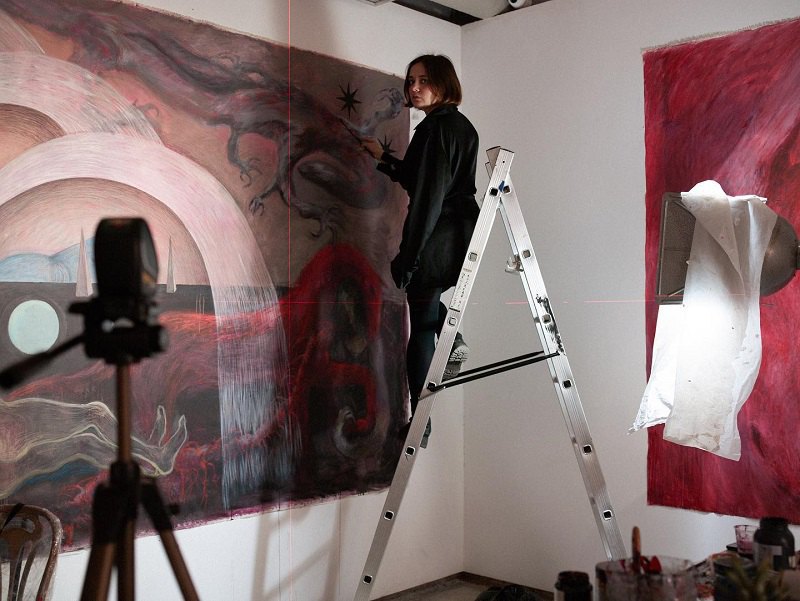
The next project is an exhibition about the preservation of the memory of the First World War in our country and in the Novakivskyy archive. The architecture of the project is created by Oleksandr Burlaka. The Great War and its catastrophe will be viewed as a blind spot with single tombstones in the landscape of the region.
Another exhibition will be held by the centre with restorers who are working on the multi-layered history of a house in Lviv's city centre using sustainable practices. An exhibition by Yaryna Shumska is also planned, involving various media and performative practices.
Ya Gallery
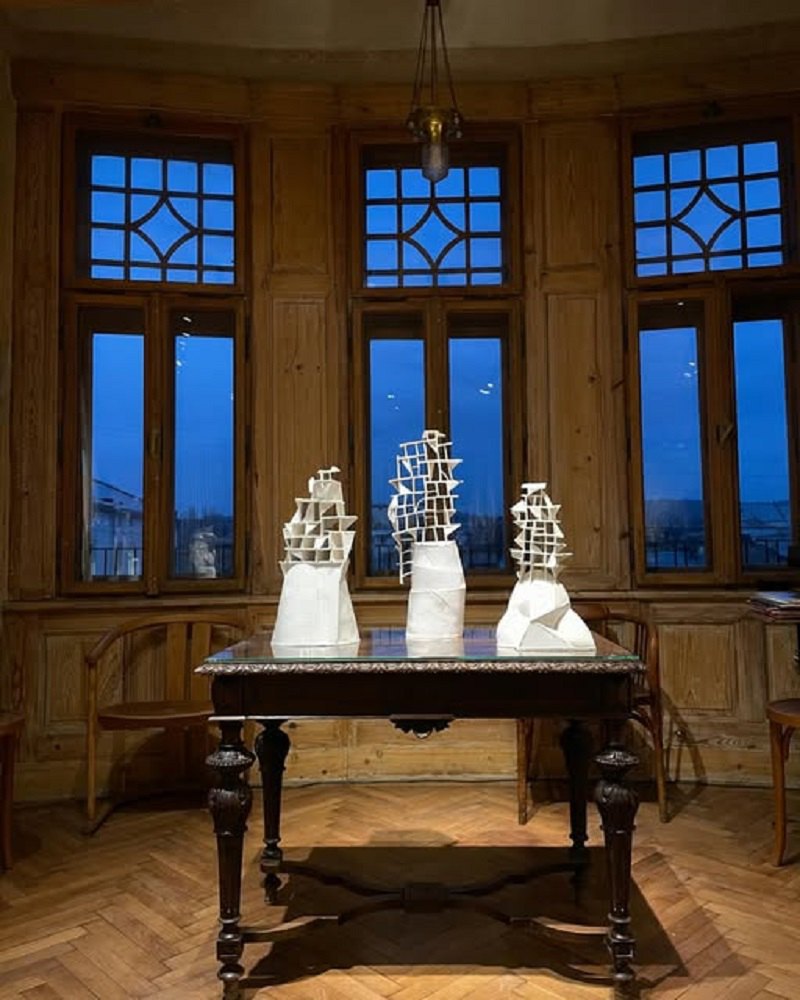
Mercury
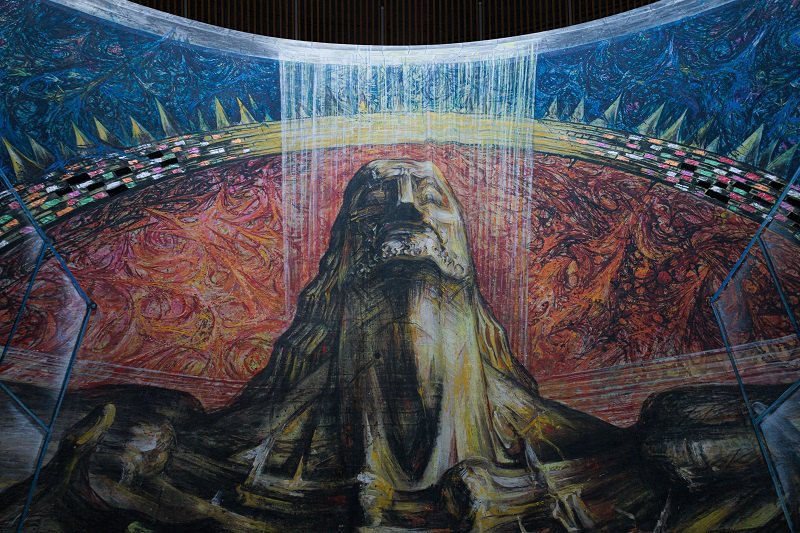
Assortment Room
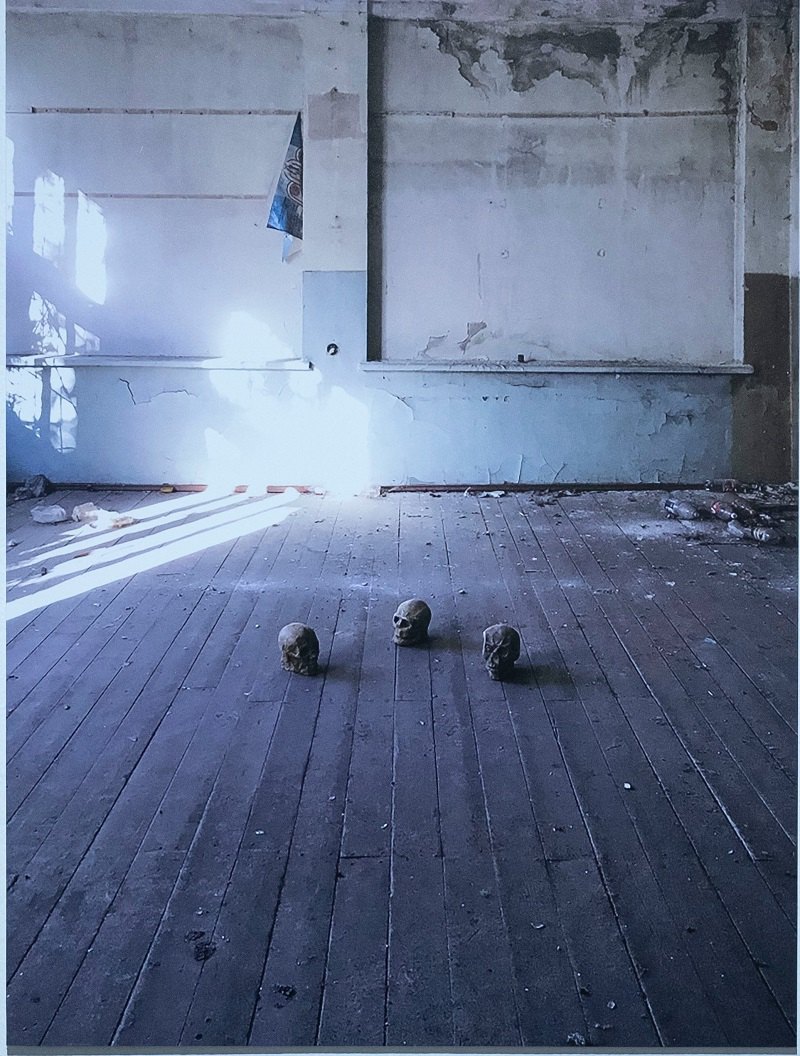
In addition, the Assortment Room will take over the baton from the Kyiv Biennale to curate the Pochen programme in Chemnitz, Germany. In 2024, the creative director of the 5th Kyiv Biennale, Serhiy Klymko, curated the Pochen Biennale with the major Ukrainian programme The Fire Comes From The East, and at the end of May 2025, the next Pochen exhibition will be curated by the director of the Assortment Room, Alyona Karavay. This exhibition will be part of Chemnitz's programme as the Capital of Culture'2025. In September, part of the exhibition and public programme will be shown in Ukraine, hosted by Jam Factory and Assortment Room.
Na poshti
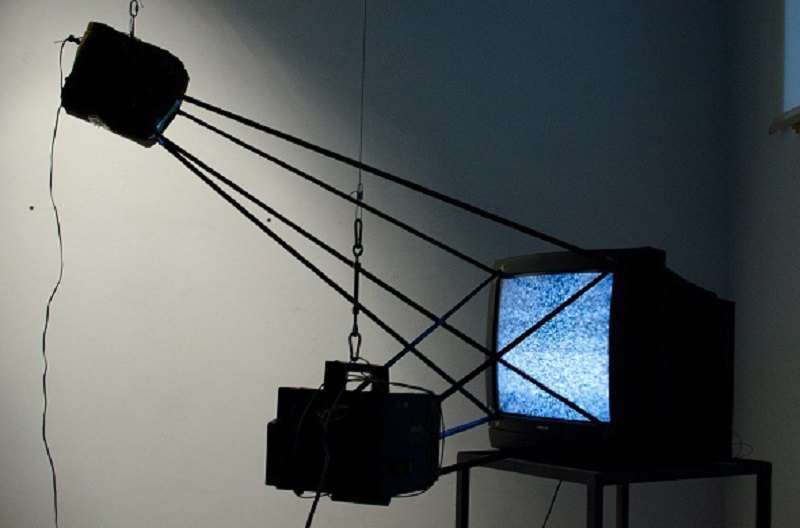
KRCC
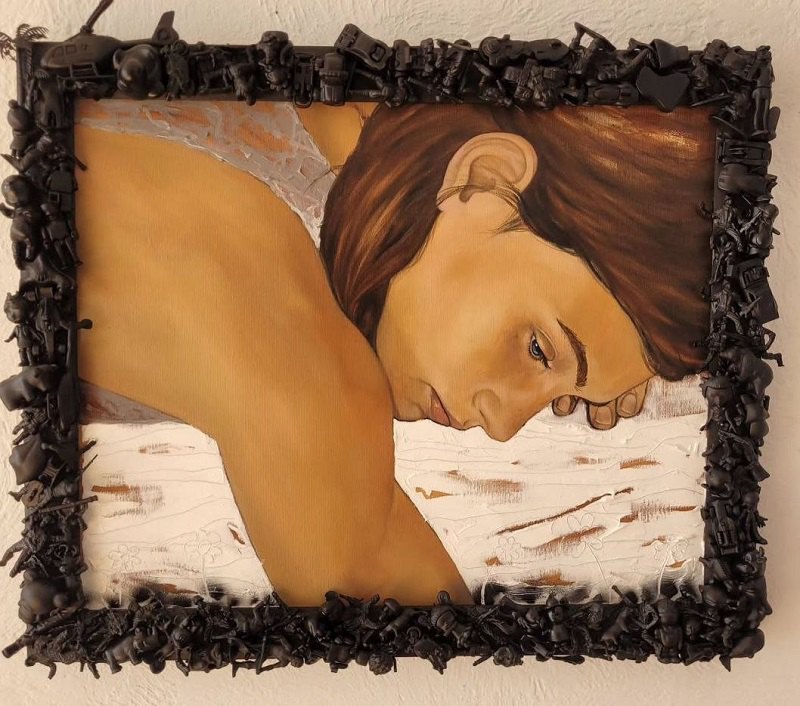
The inclusive exhibition project Sun Rises in the West curated by Kostyantyn Doroshenko, which opened in August 2024, continues to evolve. The project, which aims to engage older people in active cultural life through collaboration with artists, will be shown in Germany, France, and Luxembourg.
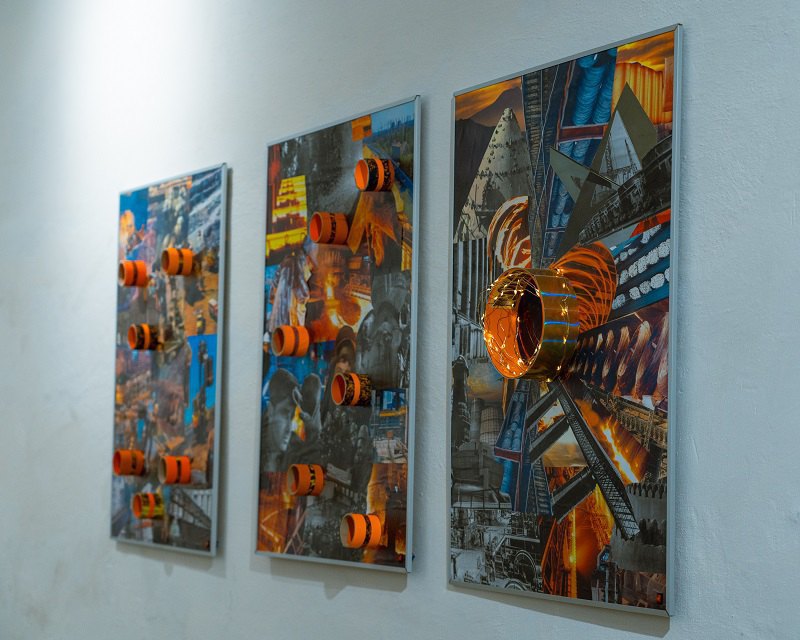
Artsvit
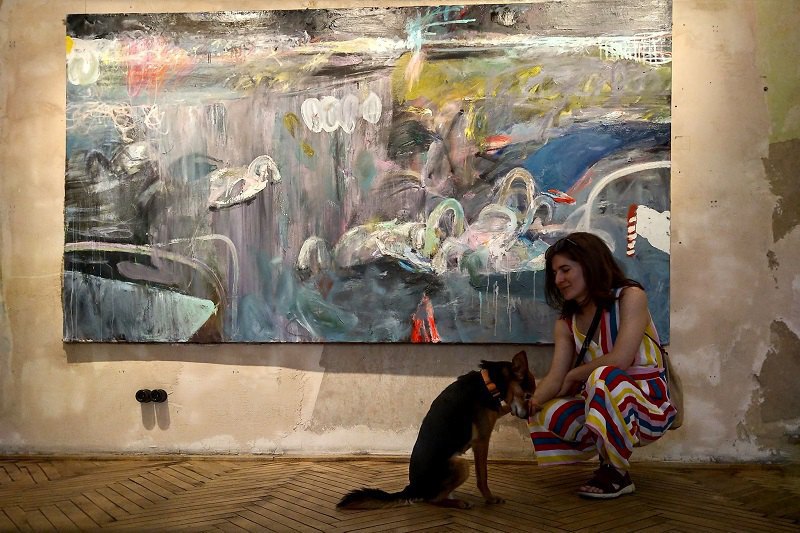
In spring, the gallery will open an exhibition by Lucy Ivanova. Curators Lisaveta Herman and Mariya Lanko planned this project even before the full-scale invasion began, specifically for Dnipro, the artist's hometown and the first point on the path of her professional development. Now, a new layer is added to the story of the formation of the artist's pictorial language in the Ukrainian academic system: the reinvention of herself and her own practice in the context of emigration and motherhood. During this time, the artist created personal projects in Vienna and Budapest, and took part in exhibitions in Paris and Fontecchio, Italy.








